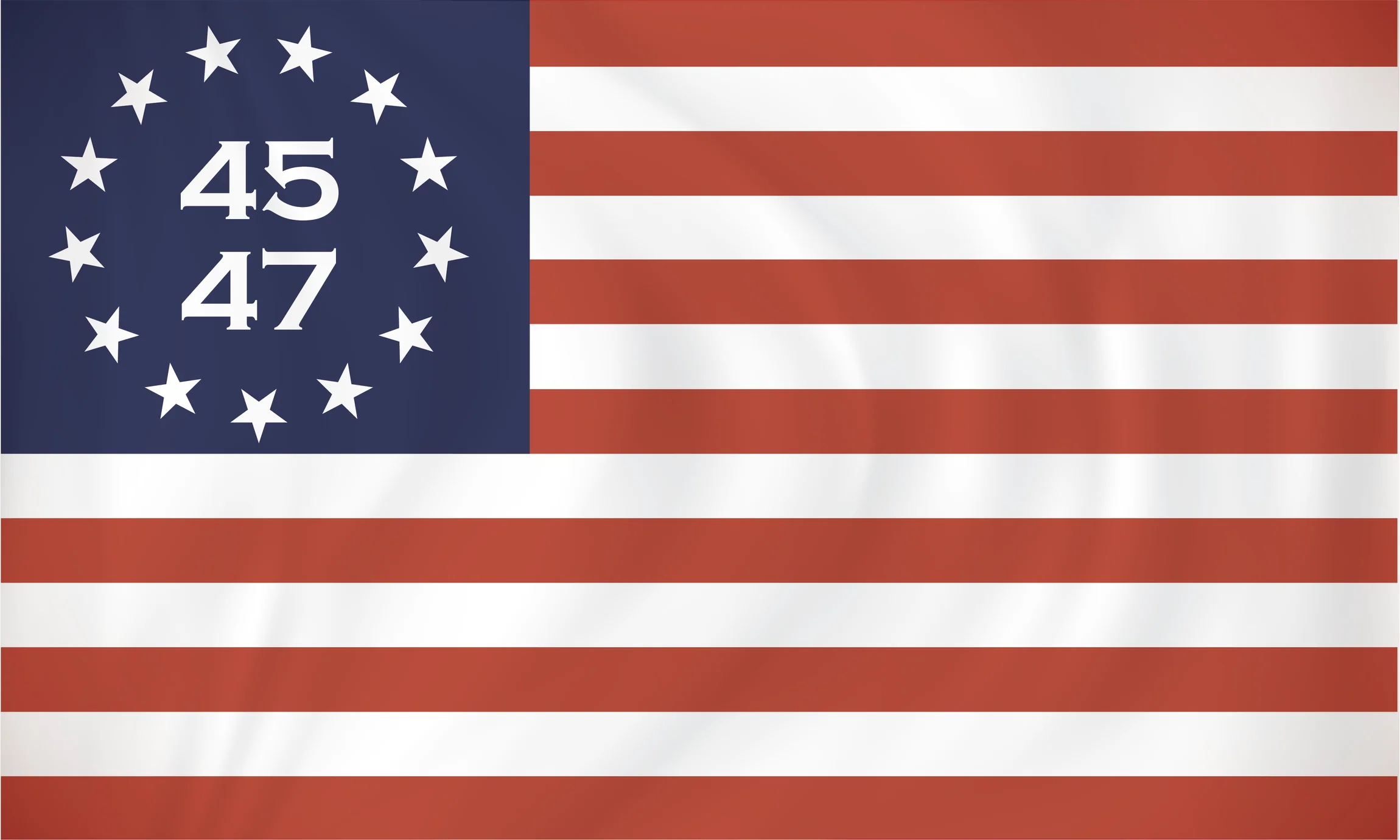Peters, M. A. (2020). Alas, America! Lament for a shattered dream on the eve of political breakdown. Educational Philosophy and Theory, 55(4), 393–397. https://doi.org/10.1080/00131857.2020.1837620
[This is a reprint of an editorial from late 2020: it provides a reminder of the fears many expressed for Trump’s second term.]
America’s current world status and position have been shaped by a one-in-a-hundred-years quadruple crisis, each related to the other: COVID-19 and its mismanagement that has killed over 215,000 Americans and threatens to kill the same number by the end of the Fall, an economic crisis where tens of millions of Americans are unemployed and suffering deep poverty wondering where the next meal is coming from; the exposed calamity of systemic racism and police brutality that has led to civil violence against Black citizens and the BLM movement in response; a democratic crisis, where a president high on steroids, refuses to commit to a peaceful transition of power, asking white supremacist groups to ‘stand-by.’ Trump actively sabotages the election process through voter suppression by attempting to prevent mail-in voting, suggesting the election is rigged and fraudulent, and by direct intimidation of ‘stand-by’ white militias at the ballot box. This is not the American Dream; it’s a nightmare scenario with the prospect of Trump winning a further four-year term with nothing to stop him from disestablishing American democracy.
The American Dream, a relatively recent crafted narrative created by historian James Truslow Adams in The Epic of America, quickly became adopted as the national ethos that was then read back on the founding intentions of the Declaration of American Independence and the US Constitution to herald universal equality, equal opportunity, the right ‘to life, liberty, and the pursuit of happiness’ of representative democracy. Adam’s depiction of the dream of equal opportunity for each according to his or her ability took shape against the old European class culture to emphasise a vision of social order in which each person can succeed despite their social or racial origins. It became a source of inspiration for the American people and for generations of politicians, scholars and novelists, serving as a beacon to others in the world, who, attracted by these political ideals, were prepared to risk everything to migrate to the US.
Numerous works have either declared a requiem for the American Dream or appealed to the possibility of reclaiming it. President Barack Obama talked of restoring the American Dream and used its narrative resources to define his campaign and his policies. At a time of international and domestic crisis, of massive sovereign debt, of the failure of neoliberalism, and of growing inequalities, the question was whether the American Dream and the vision of an equal education on which it rests could be revitalised. Obama wrote, ‘The American moment is not over, but it must be seized anew.’ He focused on renewing moral leadership to capitalise on new opportunities, warning that ‘America cannot meet this century’s challenges alone; the world cannot meet them without America.’ He then stated the primary principle of American liberal internationalism: ‘The mission of the United States is to provide global leadership grounded in the understanding that the world shares a common security and a common humanity.’
The religious dimension of Obama’s thought helped to anchor his beliefs. In ‘Call to Renewal,’ he writes about his spiritual dilemma, the ‘historical black church’ and ‘the power of the African-American religious tradition to spur social change.’ He also embraced America’s ‘famous individualism’ tempered by the fundamental belief that ‘I am my brother’s keeper; I am my sisters’ keeper.’ As he goes on to remark ‘It’s what allows us to pursue our individual dreams yet still come together as a single American family: ‘E pluribus unum’ (Out of many, one’).
Today, Obama’s vision and the ethos that inspired his policies seem like a distant memory. President Donald Trump won the election with 304 electoral college votes to Hillary Clinton’s 227 and became the 45th President of the US on 20 January 2017, despite the fact that Clinton received 2.87 million more votes than Trump. Before Trump took office, the US intelligence services had concluded that there had been systemic interference from Russia in the 2016 campaign (and from other countries) but could not establish with certainty a legally defined ‘conspiracy’ within the Trump administration, even though it was later revealed that members of the Trump team lied, withheld information or declined to give testimony.
Soon after the election, Trump began to systematically dismantle Obama’s legacy: the immediate withdrawal from the Paris climate change agreement; the championing of ‘clean coal’ and downgrading of the EPA; reneging on the Iran nuclear deal; dismantling the Dodd-Frank Act; the planned repeal of Obamacare; the withdrawal from the TTP; and so on. Perhaps, more importantly, Trump reversed Obama’s foreign policy in the Middle East, pulling back from the two-state solution to the Israeli-Palestinian conflict, making extreme demands of Iran, imposing a total embargo on Iranian oil exports, and killing General Qasem Soleimani. Trump supported Saudi Arabia’s crown prince, Mohammed bin Salman, after the murder of Jamal Khashoggi; he befriended Russian President Putin and his policies that clearly conflict with American democracy and interests. Trump’s ‘America First’ approach to trade involved withdrawing from traditional Western alliances and putting his own nation’s interest first. He imposed $200 billion in tariffs on Chinese goods that the WTO later ruled were illegal. The resulting trade war has damaged both the US and the Chinese economy and led to a slowdown of the global economy. He withdrew from the INF treaty, WHO, UNESCO and other world institutions, igniting a new nuclear arms race and increasing the military budget to an estimated $934 billion in 2020-21. (The $738 billion for fiscal year 2020 signalled a $21 billion increase on 2019).
The combined results, both domestically and internationally, have been to diminish and tarnish America’s global image and leadership, damage Back civil rights movement while enhancing the status of white supremacist groups at home as a ‘stand-by’ group of militias, many of which have clear neo-Nazi leanings. The FBI recently foiled an attempt to kidnap Michigan Governor Gretchen Whitmer, charging thirteen individuals with links to the Bugaloo movement, a far-right, anti-government, pro-gun extremist group who want to incite a second American civil war. Trump, all the while, called for the ‘liberation of Michigan’ and refused to explicitly condemn white supremacist groups like the Proud Boys (‘pride in being white’), another neo-fascist group that emerged as part of the alt-right in 2016 until he was explicitly confronted with his equivocation.
White supremacist groups espouse an ideology of white privilege and white domination. It has existed in some form since the slave trade and has subsequently taken the form of Jim Crows laws, KKK and white-only immigration policies, enduring in organised form from the late nineteenth century through until today. ‘White power’ movements today that are committed to establishing a ‘white homeland.’ White nationalism aiming at stopping ‘ethnic replacement’ has expressed ‘their belief that violence is, if not desirable, inevitable.’ Trump has repeatedly flirted with such groups, refusing to condemn them. Only after repeated questioning did he issue a tepid disavowal. Stephen Miller, senior policy advisor to Trump, speechwriter and director of his transition team, openly avowed ‘ethnic replacement’ ideology and other white supremacist concepts. While some commentators have suggested that the US is currently confronting its racist structures and ideas, others have pointed to the wider domestic dangers of violence leading up to the US elections, during the voting and in the aftermath, especially if Trump loses. They also suggest the ways in which the US under Trump has served as an inspiration to the alt-right and far-right worldwide.
The level of corruption within the Trump camp is unparalleled in any modern administration, with seven advisors, including Stone, Manafort and Bannon, facing criminal charges. Over three decades, Trump had been involved in over 3,500 legal cases and many cases concerning his tax evasion. A New York Times expose revealed that in 10 of the 15 years before his election as president, Trump paid $0 in income tax. In 2016 and 2017, he paid just $750.
The American Dream lies in tatters. The ‘political breakdown’ referred to in the title has already taken place. Trump bases his version of the American Dream on the slogan ‘Make America Great Again!’ that draws on the rise of national authoritarian populism and alt-right sentiments, prompting many to talk of American neo-fascism. ‘Make America Great Again’ (MAGA) was Trump’s 2016 campaign slogan – a phrase used also by Ronald Reagan in his 1980 campaign. MAGA is dominant in Trump’s thinking as he tries to undo all of Obama’s policies. MAGA is a triumphalist, white nationalist version of the American Dream that feeds on exclusion and division, designed around releasing the libidinal political energies of a politics of hate that threatens democracy. In essence, MAGA uses some of the rhetoric of the American Dream ultimately to unravel it and steer it toward a deadly authoritarianism, the exact opposite of the vision of the founding fathers.
MAGA is an entirely different narrative of the American Dream from liberal internationalism. It is one that is based on a mixed or blended discourse derived from ‘America First’ based on withdrawal from international agreements in trade and climate change, the squandering of American moral capital, and a strong alignment with far-right ideas. Within the closed circle of Trump’s family and advisers, in allegiance to his supporters of deindustrialised voting constituencies in the Rust Belt that suffered most from economic globalisation when jobs moved to the East, Trump has deliberately engineered the end of democracy. He has broached normal democratic conventions and side-lined inquiries into the behaviour of his administration.
Trump’s narrative of the American Dream is directed against all outsiders – Mexicans, undocumented folk, the black community, women, Muslims – and functions by casting aspersions and tapping into existing prejudices and disaffection. Trump stated in his inaugural address: ‘Rusted-out factories are scattered like tombstones across the landscape of our nation. The wealth of our middle class has been ripped from our homes and redistributed across the world.’ But if the narrative is essentially directed inward, it also signifies ‘America closed’ as against ‘America open’ – an attitude which is refracted in the hasty recoil from global moral leadership and from being ‘leader of the free world.’
With less than two weeks to go when America heads to the polls, there are several electoral concerns with voter suppression, mail-in voting, intimidation at voting stations, the proliferation of COVID-19 conspiracies, the implied corruption of vote-counting and, not least, justified anxiety about the transition of power if Trump loses. He has already cast doubt on any election result that does not feature him as the winner and implicitly questioned a peaceful transition. Meanwhile, many commentators have remarked that US democracy will be replaced by a more authoritarian system if Trump is re-elected. The fear of a contested election result is enough to encourage voters to stay away. He has planted the seed of doubt, and there are many ways he might declare the election rigged or invalid. There is no guarantee that Trump will respect constitutional processes concerning peaceful transition. Whichever way it goes, the US election result will be contested and bring discord to an already deeply divided America. Under these conditions, the fate of American democracy hangs in the balance and, with it, both the ‘American century’ and the export of American democracy to the world.




